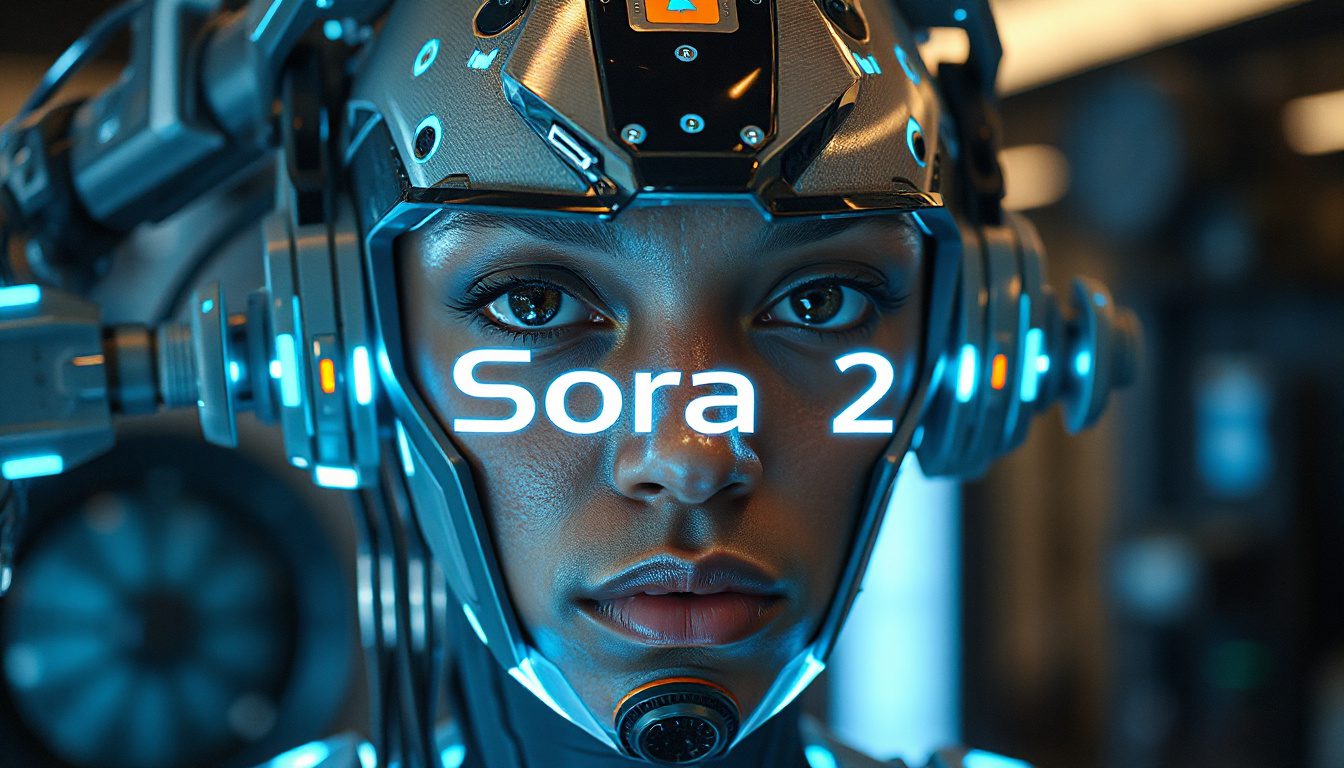How to Tap into the Latest Advances in AI Video and Speech Technologies
Are you curious how AI changes video creation and voice synthesis now? AI models now generate videos with clear backgrounds, real-time 3D avatars, and fast text-to-speech on everyday GPUs. These tools work in real life. You can use them today to change digital content, fix workflows, or try out new creative ideas.
Here is a simple guide to some AI models that reshape what you can do with video and voice tech.
Generating Videos with Transparency: The One Alpha Model
Editing video can test you when you work with clear backgrounds. A new video model called One Alpha produces videos with a built-in clear background, called an alpha channel.
One Alpha connects words of design to solve tough image tasks by handling:
• Bubbles and glass that often give loss to other tools
• Glowing flames that show a soft fade rather than a hard cut
• Fine hair strands that hide in busy parts
• Light effects such as halos and glowing flowers with smooth fades
Its video parts can sit on other backgrounds with no extra mask work. This fits video makers and developers who need smooth and fast work.
One Alpha and its related models stay open source. They come with clear guides. You can test them on your PC or add them to your projects without extra clearances.
Real-Time Text-to-Speech That Runs on Consumer GPUs: Meet Canyt
AI speech grows better each day. Many voice models ask for high-cost hardware and wait time. The new text-to-speech AI, Canyt, works in real time using one consumer GPU and very little memory.
Key details include:
• It has 370 million parameters, a light model compared to huge ones
• It makes 15 seconds of clear, natural sound in just about 1 second on an NVIDIA RTX 5080 GPU
• It supports several languages and voices with neat sound for tough words
• It comes under an Apache 2 license so you can use it freely even in work
• It shows simple online demos and holds a public GitHub page with full guides
Canyt first takes your text and turns it into small audio tokens using its built-in language tool. Then these tokens turn into clear sound with NVIDIA’s nano codec. This chain gives low delay speech that fits for online voice assistants or adding voice to videos.
Creating Real-Time 4D Avatars: The Cap 4D Initiative
New digital faces are common. Most systems show 2D faces that do not feel fully real. Cap 4D moves beyond this by making 3D heads that act in real time. It adds time as a needed part when you work with avatars.
Key points include:
• It builds a full 3D model of a head from photos taken around it
• It moves live to show normal face rides and head spins
• It does not need expensive capture gear. A few pictures let you start
• It has open source code and guides for easy trials or team use
This tool aids game creators, virtual hosts, or video makers who wish to format digital characters with great life and reply.
Other Notable AI Updates
Last week, more models came out for keen eyes:
• Claude 4.5 is a smart language model that sharpens talk and care features
• Nano Banana, GLM, and DeepSeek push bounds in AI for search and data use
• A new open source image maker shows better grasp of new scenes. It can form images with more clear context and fine points
• New video editing models now let you change details on the go. This cuts waiting time when you run video work
Why These Innovations Matter
These advances give more users great AI tools. Whether you are a solo creator, a coder, or part of a media team, using clear video models, fast text-to-speech, and real-time 3D avatars brings you ways to:
• Save long hours from heavy editing and tough layering
• Add real AI voice without expensive gear or long waits
• Make live, smart characters for games, streams, or online talks
• Try new creative ways that earlier were too pricey or hard
Getting Started with These Tools
Since these models stay open source and come with many supports, you can:
- Visit their GitHub pages and follow clear set-up guides
- Try online demos to check the sound and image output
- Test integrating these models into your work or apps
- Join user groups to share steps and fix issues
If you work with layers in video, start with One Alpha for clear backgrounds. For quick voice design, try Canyt to build real-time speech. For lifelike digital faces, use Cap 4D by sending in a few photos and watching expressions change.
These tools open many new paths for many users. As they simplify work and grow strong, AI video and speech technology gives practical ways to create, speak, and try new things.
Ready to explore? Check the model pages and online demos below. See how these AI models can shift your workflow or creative projects. If you wish to craft sharp videos, speak with digital voices, or make clear 3D avatars, these new tools stand as a fine place to start.


